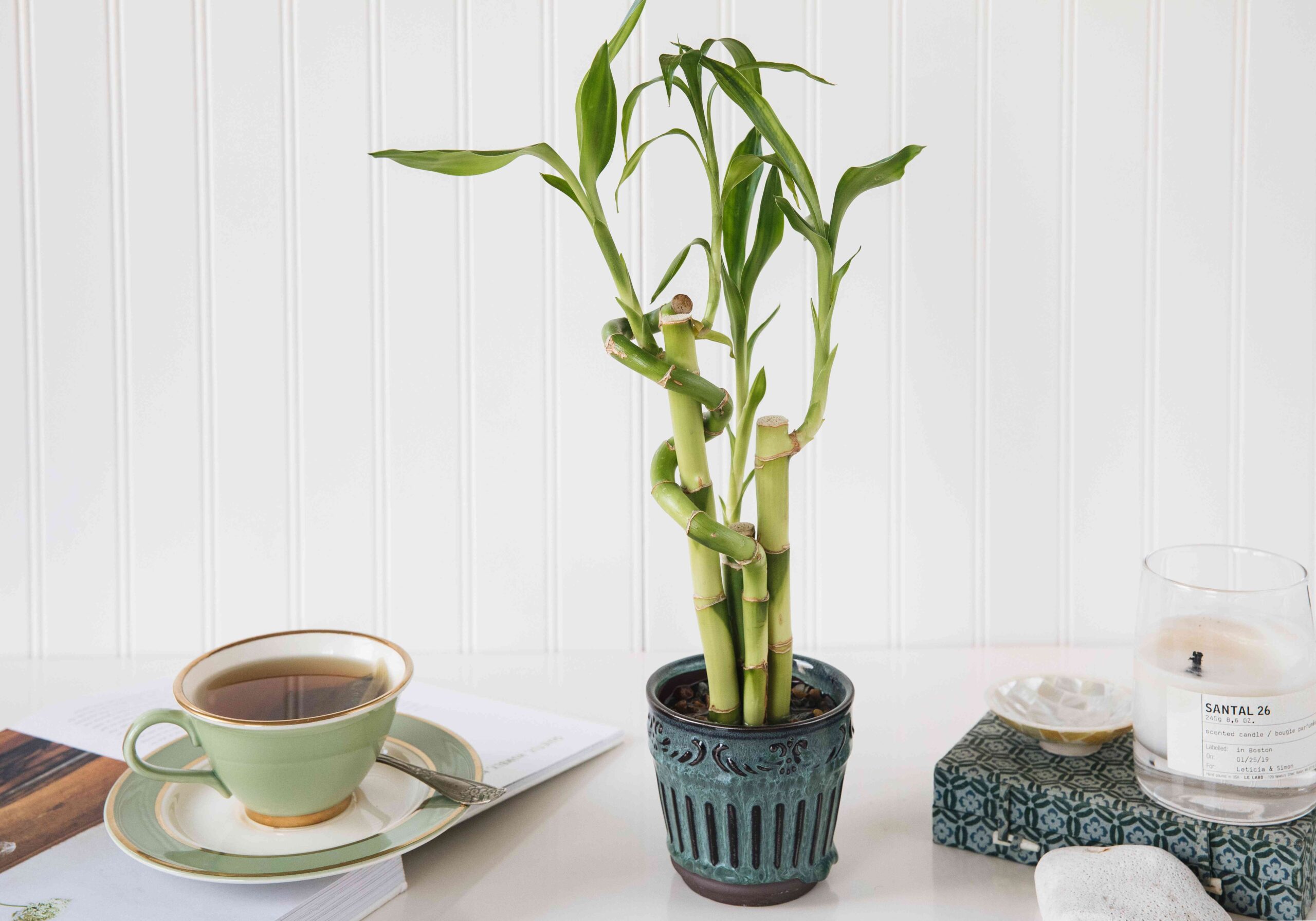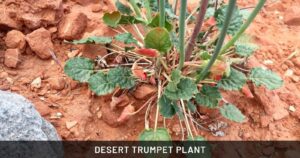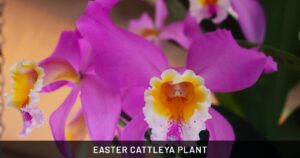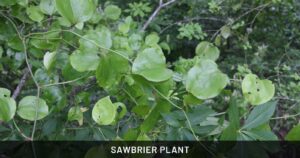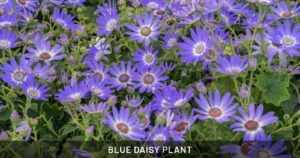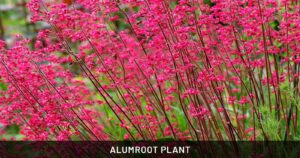How to Grow and Care for Bamboo: A Complete Guide
Are you looking to add an exotic touch to your garden or create a natural privacy screen? Bamboo might be the perfect solution. This versatile plant not only adds aesthetic value to your landscape but also offers numerous environmental benefits. In this comprehensive guide, you’ll learn everything you need to know about growing and caring for bamboo in the United States.
Understanding Bamboo Varieties
Before diving into bamboo cultivation, it’s important to understand the two main types of bamboo and which one is right for your garden.
Running vs. Clumping Bamboo
Bamboo plants fall into two distinct categories: running and clumping. Your choice between these types will significantly impact your maintenance routine and the plant’s spread in your garden.
Running bamboo (Monopodial) spreads aggressively through underground rhizomes that can extend several feet from the parent plant each year. While this makes it excellent for creating privacy screens quickly, it requires careful management to prevent unwanted spreading.
Clumping bamboo (Sympodial) grows in a more contained manner, with rhizomes that expand only a few inches annually. This non-invasive nature makes it ideal for smaller gardens or areas where space control is essential.
Popular Bamboo Species for US Gardens
| Species | Type | USDA Zones | Height | Features | Best Uses |
|---|---|---|---|---|---|
| Phyllostachys edulis (Moso) | Running | 7-10 | 40-80 ft | Thick culms, edible shoots | Timber, privacy screens |
| Phyllostachys nigra (Black Bamboo) | Running | 7-10 | 20-35 ft | Black culms, elegant appearance | Ornamental, focal points |
| Fargesia rufa (Green Panda) | Clumping | 5-9 | 6-10 ft | Cold-hardy, weeping habit | Containers, small gardens |
| Bambusa multiplex (Hedge Bamboo) | Clumping | 8-10 | 15-20 ft | Dense foliage, slender culms | Hedges, barriers |
| Fargesia dracocephala (Dragon Head) | Clumping | 5-9 | 8-12 ft | Cold-resistant, upright growth | Windbreaks, borders |
Selecting the Perfect Site for Your Bamboo
The success of your bamboo garden starts with proper site selection. According to the USDA Natural Resources Conservation Service, bamboo thrives under specific conditions that you should carefully consider.
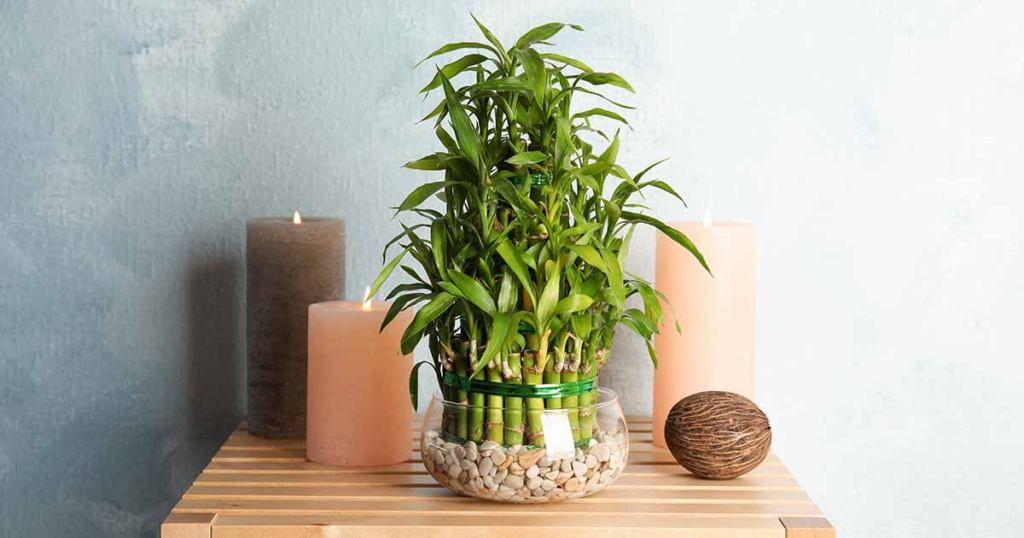
Sunlight Requirements
Most bamboo species prefer partial shade to full sun. While they can tolerate full sun in cooler climates, in warmer regions of the US (zones 8-10), some afternoon shade protects the plants from leaf burn. The optimal conditions provide:
- 4-6 hours of direct morning sunlight
- Filtered light or partial shade during intense afternoon hours
- Protection from harsh winter winds in colder regions
Soil Conditions for Optimal Growth
Bamboo isn’t particularly fussy about soil type but does have preferences that promote healthy growth:
- Well-draining soil with good organic content
- Slightly acidic to neutral pH (6.0-7.0)
- Loamy soil texture for optimal root development
- At least 12-18 inches of soil depth for proper root establishment
If your garden has heavy clay soil, amend it with compost, aged manure, or pine bark to improve drainage and provide necessary nutrients.
Planting Bamboo Successfully
With site selection complete, you’re ready to plant your bamboo. The planting process differs slightly depending on whether you’re using container-grown plants, bare-root divisions, or rhizome cuttings.
Best Time to Plant
In most US regions, early spring to early summer is ideal for planting bamboo. This timing provides:
- Warm soil temperatures that encourage root establishment
- Sufficient time for plants to establish before winter
- Reduced transplant shock compared to fall or winter planting
In southern states (zones 8-10), fall planting can also be successful as the mild winters allow continued root development.
Planting Process Step-by-Step
- Prepare the planting hole – Dig a hole twice as wide and equally as deep as the root ball.
- Amend the soil – Mix the excavated soil with compost at a ratio of 2:1.
- Position the plant – Place the bamboo in the hole at the same depth it was growing previously.
- Backfill carefully – Add the amended soil around the roots, gently tamping to eliminate air pockets.
- Water thoroughly – Create a small basin around the plant and water deeply to settle the soil.
- Apply mulch – Add 2-3 inches of organic mulch, keeping it several inches away from the culms.
For running bamboo varieties, consider installing rhizome barriers at planting time to prevent unwanted spread.
Containing Running Bamboo
If you’ve chosen a running bamboo variety, implementing containment measures is essential to prevent it from becoming invasive and potentially causing issues with neighbors or other garden areas.

Rhizome Barrier Installation
The most effective containment method is installing a physical rhizome barrier:
- Dig a trench 24-30 inches deep around the desired bamboo area.
- Install 60-mil HDPE (high-density polyethylene) barrier material vertically in the trench.
- Leave 2-3 inches of the barrier above ground level to catch any rhizomes that might attempt to grow over.
- Backfill the trench and compact firmly.
- Inspect annually for rhizomes attempting to escape over or under the barrier.
Root Pruning Maintenance
Even with barriers, regular maintenance helps ensure containment:
- Inspect the perimeter of your bamboo planting twice yearly (spring and fall).
- Use a sharp spade to sever any rhizomes attempting to spread beyond desired boundaries.
- Remove the cut rhizome sections completely to prevent regrowth.
Watering and Irrigation Needs
Proper watering is crucial for establishing bamboo and maintaining its health throughout its life.
Establishment Phase
During the first year after planting:
- Water deeply 2-3 times weekly during warm months.
- Ensure moisture penetrates to a depth of 8-12 inches.
- Reduce frequency during cooler months, but never allow the soil to completely dry out.
Mature Plant Irrigation
Once established (after 1-2 years):
- Water once weekly during growing season, providing approximately 1-1.5 inches per application.
- Increase frequency during extreme heat or drought conditions.
- Reduce watering in fall to prepare plants for winter dormancy.
An efficient drip irrigation system can provide consistent moisture while conserving water.
Fertilizing for Healthy Growth
Bamboo benefits from regular fertilization to support its rapid growth and maintain vibrant foliage.
Fertilizer Selection
Choose fertilizers with:
- Balanced NPK ratio (10-10-10 or similar)
- Slow-release formulations for sustained feeding
- Additional micronutrients, particularly iron, for greener foliage
Application Schedule
For optimal results:
- Apply fertilizer in early spring as new growth emerges.
- Provide a second application in early summer.
- In warmer regions (zones 8-10), add a third light application in late summer.
- Avoid fertilizing after early fall to prevent stimulating tender growth before winter.
Scatter fertilizer evenly around the drip line of the plant and water thoroughly after application.
Pruning and Maintenance
Regular maintenance keeps your bamboo healthy and attractive while controlling its size and spread.
Culm Thinning
Annual thinning maintains plant vigor:
- Remove older culms (3+ years old) at ground level using pruning saws or loppers.
- Target approximately 1/3 of the total culms for removal each year.
- Focus on removing damaged, discolored, or overcrowded culms first.
Canopy Management
Maintain an attractive appearance with:
- Removal of side branches on the lower 5-6 feet to showcase the culms (for ornamental varieties).
- Trimming of dead or yellowing foliage throughout the growing season.
- Selective height control by cutting unwanted culms at the desired height.
Common Bamboo Problems and Solutions
While bamboo is generally resistant to many pests and diseases, it can still encounter issues in US gardens.
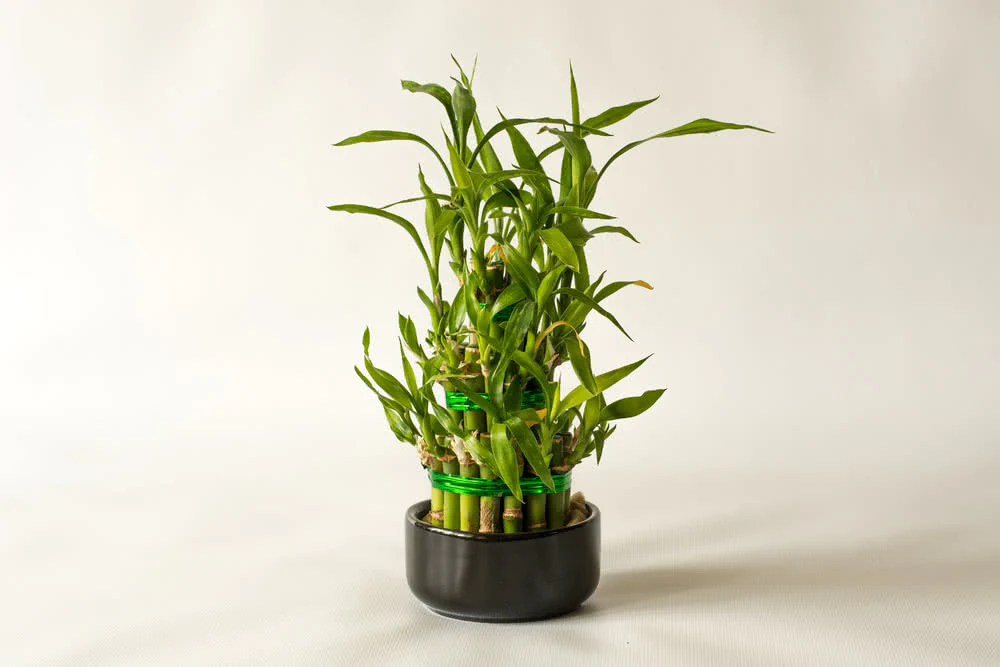
Pest Management
Common bamboo pests include:
- Aphids – Treat with insecticidal soap or neem oil applications.
- Spider mites – Increase humidity and apply miticides if infestations are severe.
- Mealybugs – Remove with alcohol-soaked cotton swabs or apply horticultural oil.
Disease Prevention
Potential diseases affecting bamboo include:
- Root rot – Ensure proper drainage and avoid overwatering.
- Leaf spot – Remove affected foliage and improve air circulation.
- Fungal issues – Apply copper-based fungicides according to package directions.
Winterizing Bamboo in Cold Regions
In USDA zones 5-7, proper winter protection helps bamboo survive colder temperatures.
Mulching for Protection
Before winter arrives:
- Apply 4-6 inches of mulch around the base of plants.
- Use straw, leaves, or wood chips as insulating materials.
- Create a wider mulch ring for younger plants (extending 2-3 feet from culms).
Additional Winter Protection
For extra cold hardiness:
- Wrap newly planted or marginally hardy specimens with burlap.
- Apply anti-desiccant sprays to foliage to reduce moisture loss.
- Consider planting in locations protected from harsh winter winds.
Harvesting and Using Bamboo
One of the benefits of growing bamboo is the ability to harvest materials for various uses around your home and garden.
When and How to Harvest
For optimal quality:
- Harvest culms that are 3-5 years old for maximum strength.
- Cut during fall or winter when starch content is lowest (reducing insect attraction).
- Make clean cuts just above a node near ground level using a fine-toothed saw.
Uses for Harvested Bamboo
Your bamboo harvest can serve many purposes:
- Garden stakes and trellises for vegetable gardens
- Decorative elements for landscape design
- Crafting materials for furniture or household items
- Natural screening for outdoor living spaces
Conclusion
Growing bamboo in your US garden offers both aesthetic and practical benefits. By selecting the right variety, providing proper care, and implementing appropriate containment measures, you can enjoy this magnificent plant without concerns about invasiveness. Whether you’re creating a zen-inspired landscape, establishing a privacy screen, or simply adding a unique focal point to your garden, bamboo offers versatility and beauty that few other plants can match.
Remember that patience is key with bamboo cultivation. While the old saying suggests that bamboo “sleeps, creeps, then leaps,” providing attentive care during the establishment phase will reward you with a striking and useful addition to your landscape for many years to come.
